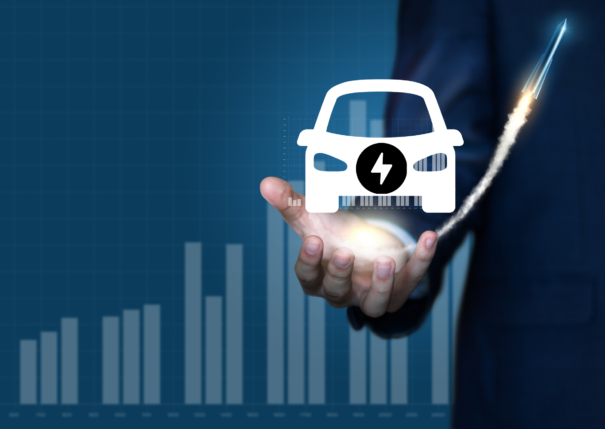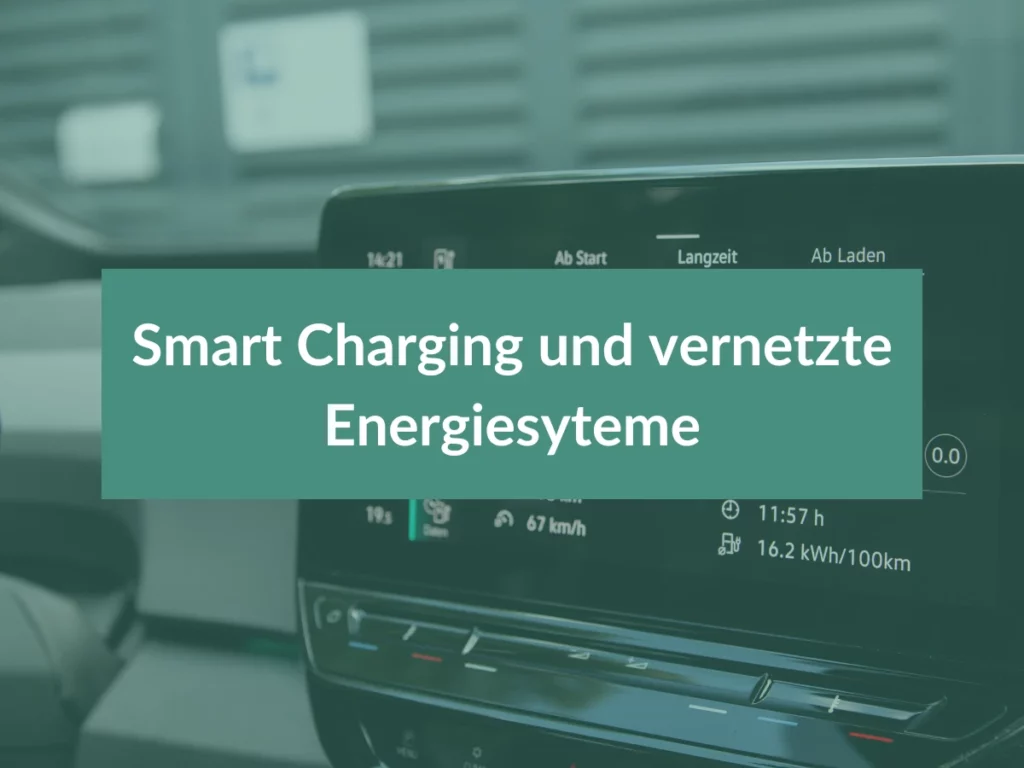Bidirectional charging
VISPIRON SYSTEMS helps its customer to bring this innovation technology one step closer to market maturity faster and without errors.
Bidirectional charging can enable higher feed-in of renewable energy for the future energy system. This is achieved, among other things, by stabilizing the grid frequency and relieving the large transmission/transport grids. Both are done by storing electricity. The charging and battery management of EVs (Electric Vehicles) is becoming an important new core competence in automotive engineering. In this article we explain how EVs are loaded and how the customer becomes a prosumer through bidirectional loading.
1. Initial situation - Validation of all customer functions
The storage of electricity makes it possible to provide flexibility and the direct (spatial) proximity of electricity generation and consumption reduces the grid load. In the first case, flexibility means that electricity is made available at times when there is excess demand in the energy market. The reverse case, i.e. the purchase of surplus electricity, is also a type of flexibility. The flexibility in the case of bidirectional charging is achieved by using the EV as a temporary and mobile power storage device. Test management makes the decisive contribution in these projects by securing all customer functions for a smooth customer deployment in the pilot phase. Uncovering errors that would negatively impact the customer experience is an important part of the introduction phase of an innovation in the automotive industry. Other customers (so-called early adopters) will only follow if the innovators, who experience this new technology in pilot operation, give a positive verdict, which is enormously important for the dissemination of new technologies.

2. Challenge - Increasing dynamics in mobility
The pressure to bring such innovations to market maturity is high because the dynamics of developments in the mobility sector are constantly growing. This leads to short project phases, agile processes and, as a result, to new starting situations for test management. Test case designs must be developed much earlier (and in parallel) under these circumstances. They must continue to be linked to requirements generation and function development with short feedback loops. Due to the research nature of the project, it was not based on series processes, but instead mapped the test management of the E2E test in Jira.
3. Procedure - Test bench bidirectional charging
First of all, it was essential to take a close look at the new test management tool and carefully analyze all functions with a view to their applicability for mainly manual end-to-end testing. After quickly adapting our own methods to Jira/XRay, common test management processes were adapted to the corresponding Jira workflow. These processes were quickly established through regular coordination with all instances of the test cascade and a fast feedback process for the development and release of tests. Parallel to the generation of the test processes and development of the test cases, concepts for the test setup and planning of the new test benches were created in the company’s own V-Lab. The test benches enable bidirectional charging of two EVs and simulation of household consumption at the end user’s home while simultaneously feeding energy from a PV system to realistically replicate all charging phases for intelligent bidirectional charging management.
4. Conclusion - Implementation of the customer functions
In a short space of time, a modern laboratory to validate innovative charging functions was put into operation for an important research project. In addition, they managed to design and implement all test processes, including planning, test case design, test execution and evaluation. The test management team is fully integrated into the requirement engineering process and ensures the error-free implementation of the customer functions of a complex system via the E2E test.

